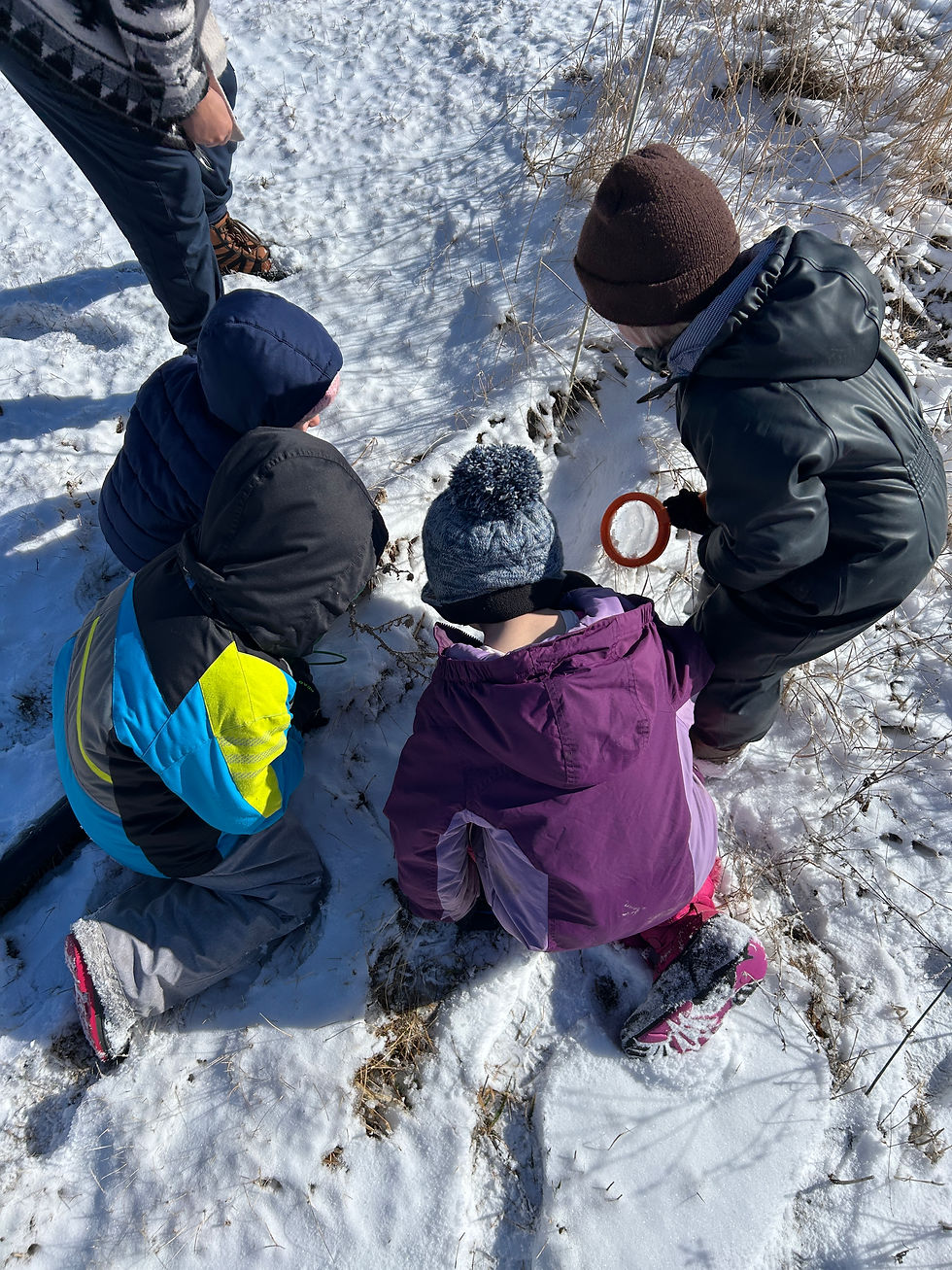Rs for Resilient Living: Back to School
- Jenny Hill
- Jul 31, 2024
- 4 min read
I was a school-loving nerd, so all the late August back-to-school rituals were memorable and fun for me. Until college, when I started to pay more of my own way, I never considered the expense. Dollars spent on back to school continue to grow. Stores always ramp up the fabulous offers this time of year, and the National Retail Federation and Prosper Insights & Analytics have announced back-to-school spending is expected to reach $41.5 billion this year.
But there are opportunities to not only save money, opt out and live more resiliently when it comes to back to school shopping. Remembering the Rs can help! Let’s look at: Reuse, Repurpose, Refuse, Reduce, and Recycle and see!

Reuse & Repurpose
The types of school supplies have expanded over time, but the desire for fresh clothes, gear, or art/office supplies remains the same. But note how I used the word “fresh” instead of “new.” You know what your kids prefer, and certainly some items you definitely want new (underwear and socks spring to mind), but even a few reused/repurposed items will reduce negative environmental impacts. Saving money in the process may be an added bonus.
Here are a few categories to consider investigating reused or repurposed:
School supplies–are there supplies left over from last year? Shop your own home office supplies or invite friends and family to see what might be repurposed. Personalizing upcycled supplies can be a fun craft project with the addition of things like washi tape.
Sometimes brand new supplies are simply what is needed. If that is the case, look for brands that feature at least a percentage of recycled materials. Traditionally, this has been paper, but some clothes and other gear now boast this as well. Choosing companies who use recycled materials creates more a a market for recycling (for more on recycling challenges, see below).
Backpacks/bags–if your kid is so over unicorns, Star Wars, or camo, but there are still miles to go on the backpack, it could be traded with another family, donated to a local thrift store, or brought to an online or in-person consignment store.
And this doesn’t just go for backpacks. Clothes and shoes are other big categories where slightly used could be just the ticket. Some online second-hand store, like Thredup or REI, specialize in brand-name items. Check out this blog post about shopping second–hand online–a great potential way to both save–and make–money.
If online shopping is not for you, in-person local thrift stores can also be a great resource.
Refuse
Consider skipping the big boxes of prepackaged items from big box stores. Sure it seems convenient to bring home a case of snack bars that can be tossed into lunch boxes for the next 6 months. But stop and think about that for a moment. What kind of chemical preservatives have got to be in a prepackaged snack that makes it last for 6 months or more? What kind of good energy is a body likely to get from that?
A Google search for “energy bar recipe” brings up many results and you can add phrases that tailor the type of results (gluten free, no bake) to what you hope to make. Here is a recipe that is no bake, gluten and dairy free with a vegan option.
Another consideration is the packaging. Is single-serving really handy when it results in more waste from the packaging? And remember it’s not just the wrapper on the snack bar. There’s the box or bag the 20 bars were packaged in, usually complete with MORE clear plastic overwrap.
A less time-consuming way to refuse extra packaging is with chips. A big bag of chips can be divided into single servings in reusable bags…and is probably a less expensive option too.
Reduce

Go even further to reduce the need for plastic or other single-use items by using refillable water bottles, metal lunch boxes, and alternative food bags and wrap, such as wrap made with beeswax. It’s going to take more effort and expense to acquire these items, but because they are reusable, the time and money are well invested.
Another aspect of “Reduce” is to reduce your tax burden by taking advantage of Minnesota tax credits for K-12 education expenses. Here is a fact sheet explaining the programs available, eligibility, and documentation.
Recycle
Remember: as the Rs go, it’s best to keep “Recycle” as the last choice (see this past post on the limits of recycling).
When recycling, knowing what can be recycled is key to making the process successful for everyone. Here are some tips:
Include everyone in the household in both learning about the recycling process where you live
Do research based on your city or county:
Help each other remember the steps until they become second nature
Make recycling easier by putting collection containers close to where the recycling waste is generated.
By taking a look at a big event, like back to school, we all have the potential to make different, more, sustainable choices. Remember: even small changes have an impact.





Comments